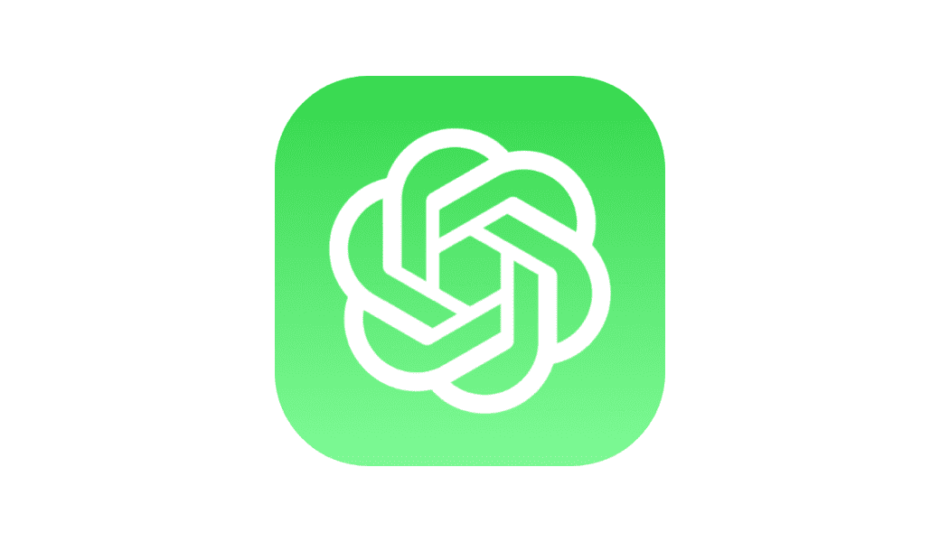Combine is a powerful framework for reactive programming introduced by Apple in iOS 13. It provides a declarative way to handle asynchronous events and data streams in iOS apps. While it can be challenging to learn, it is a very powerful tool that can help you create better apps faster. This cheatsheet aims to provide a quick reference guide to the most commonly used Combine operators and concepts.
Contents 非表示
Operators
- Publishers: A publisher emits events to its subscribers. Some of the commonly used publishers are:
- Just: Emits a single value and then completes
- Future: Emits a single value in the future
- Timer: Emits events at specified time intervals
- NotificationCenter: Emits events from the Notification Center
- URLSession.DataTaskPublisher: Emits events from an HTTP request
- Subscribers: A subscriber receives events emitted by a publisher. Some commonly used subscribers are:
- Sink: Handles events emitted by a publisher
- Assign: Assigns values emitted by a publisher to a property of an object
- AnySubscriber: A generic subscriber that can handle any type of event
- Operators: Operators transform events emitted by a publisher before sending them to subscribers. Some commonly used operators are:
- Map: Transforms a publisher’s output
- Filter: Filters a publisher’s output
- FlatMap: Transforms a publisher’s output and flattens it
- Merge: Merges the output of multiple publishers into a single output
- CombineLatest: Combines the latest values of multiple publishers
- Subjects: A subject can act as both a publisher and a subscriber. It allows you to manually emit events and subscribe to them. Some commonly used subjects are:
- PassthroughSubject: Emits values to subscribers
- CurrentValueSubject: Emits a current value and then emits subsequent values
Examples
Map operator
The map operator transforms each element emitted by a publisher into a new element. Here’s an example that uses map to convert an array of integers into an array of strings:
let integers = [1, 2, 3, 4, 5]
let stringsPublisher = Publishers.Sequence(sequence: integers)
.map { "Number: \($0)" }
.sink { print($0) }
This will output:
Number: 1
Number: 2
Number: 3
Number: 4
Number: 5Filter operator
The filter operator filters the elements emitted by a publisher based on a predicate. Here’s an example that uses filter to only emit even numbers from an array of integers:
let integers = [1, 2, 3, 4, 5]
let evenNumbersPublisher = Publishers.Sequence(sequence: integers)
.filter { $0 % 2 == 0 }
.sink { print($0) }This will output:
2
4FlatMap operator
The flatMap operator transforms each element emitted by a publisher into a new publisher. Here’s an example that uses flatMap to convert an array of URLs into a publisher that emits the data from each URL:
let urls = [
URL(string: "https://www.example.com")!,
URL(string: "https://www.apple.com")!,
URL(string: "https://www.google.com")!
]
let dataPublisher = Publishers.Sequence(sequence: urls)
.flatMap { URLSession.shared.dataTaskPublisher(for: $0).map(\.data) }
.sink { print($0) }This will output the data from each URL.
Merge operator
The merge operator combines the output from multiple publishers into a single publisher. Here’s an example that uses merge to combine two publishers that emit strings:
let publisher1 = Just("Hello")
let publisher2 = Just("World")
let mergedPublisher = Publishers.Merge(publisher1, publisher2)
.sink { print($0) }This will output:
Hello
WorldCombineLatest operator
The combineLatest operator combines the latest values from multiple publishers into a single publisher. Here’s an example that uses combineLatest to combine two publishers that emit integers:
let publisher1 = Just(1).delay(for: .seconds(1), scheduler: DispatchQueue.main)
let publisher2 = Just(2).delay(for: .seconds(2), scheduler: DispatchQueue.main)
let combinedPublisher = publisher1.combineLatest(publisher2)
.sink { print($0) }
This will output:
(1, 2)Note that the delay operator is used to delay the emission of the values from each publisher, so that they don’t emit at the same time.
Concepts
- Error handling: Combine provides a way to handle errors using the
catchoperator. You can use this operator to handle errors emitted by a publisher and emit a default value or another publisher in response. - Threading: Combine allows you to specify the threading context in which a publisher should emit events using the
subscribe(on:)andreceive(on:)operators. The former specifies the thread on which the publisher should emit events, while the latter specifies the thread on which subscribers should receive events. - Cancellation: You can cancel a subscription to a publisher using the
cancel()method. You can also use theAnyCancellabletype to store a subscription and cancel it later.
Conclusion
Combine is a powerful framework that can help you create better, more reactive iOS apps. This cheatsheet is a quick reference guide to some of the most commonly used Combine operators and concepts. While it’s not exhaustive, it should help you get started with Combine and make your code more expressive and efficient. Happy coding!


